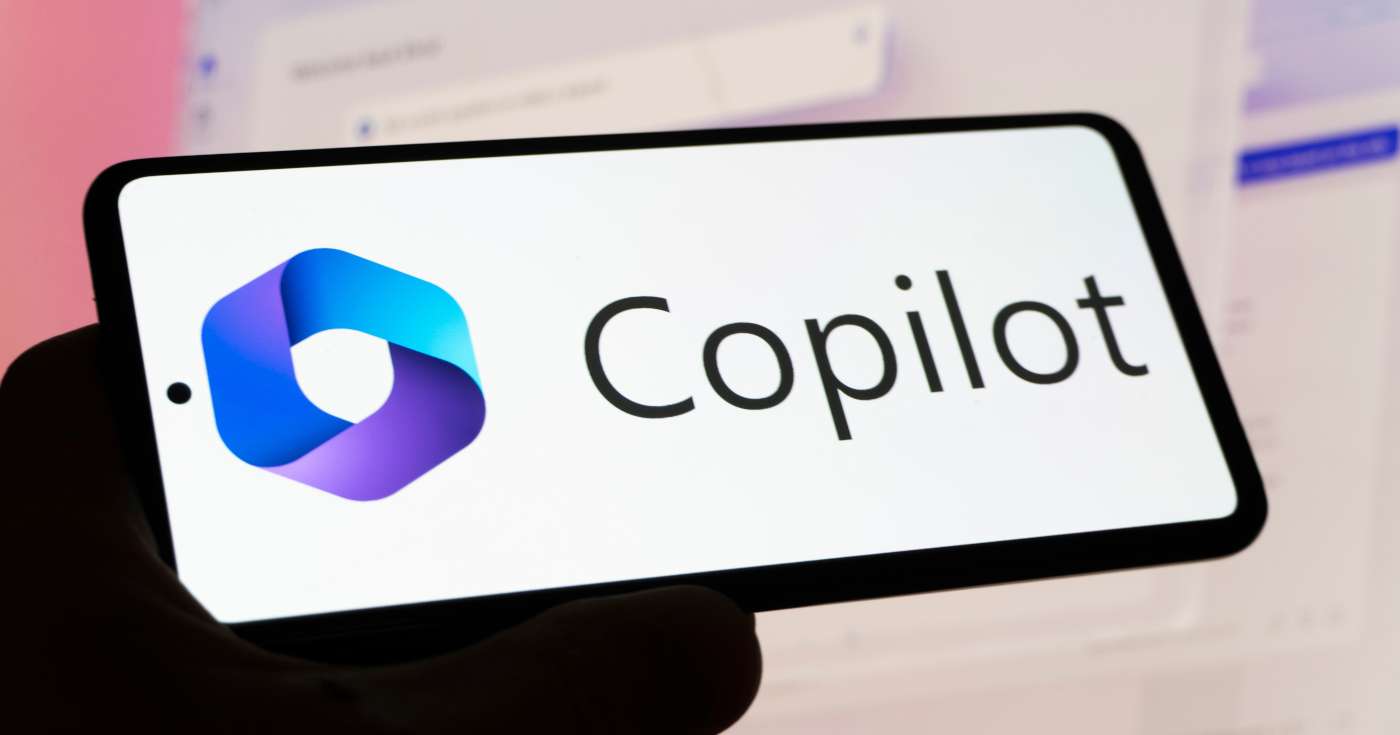
Executive Summary
- Never one to shy away from confusing product naming conventions, Microsoft has recently announced Microsoft Copilot, a new AI-powered assistant for Windows 11. But it’s also launching a separate product called Microsoft 365 Copilot.
- Windows 11 users in the UK may have noticed a newly added Copilot icon on their taskbar, giving them instant access to Bing Chat, powered by the GPT-4 artificial intelligence model – the same one which powers ChatGPT Plus.
- Despite the similar naming, Microsoft Copilot is aimed at assisting users in their day-to-day computing on Windows 11. Microsoft 365 Copilot, on the other hand, is designed to assist with work-focused tasks within 365 apps like Word, Excel, and PowerPoint.
Introduction
Remember Cortana?
No, not many people do.
An early rendition of the virtual assistants we’re all familiar with today, Cortana for Windows 10 was also a glimpse of what was to come with modern AI tools—albeit with a bit less grey matter.
As of October 2023, Cortana has now been bid a fond farewell, and in its place comes Microsoft Copilot for Windows 11. If that name sounds familiar, it’s because Microsoft, just months before, also announced Microsoft 365 Copilot.
Both of these are distinct tools powered by OpenAI’s GPT-4 artificial intelligence models, but they do slightly different things for a slightly different target audience.
If you’re confused, don’t worry – let’s split the difference.
What is Microsoft 365 Copilot?
We’ll begin with the version of Copilot you may already have heard of – maybe even here on the Get Support blog.
Microsoft 365 Copilot, as the name suggests, is an AI-powered tool focused on assisting during the working day. It’s slowly being rolled out across 2023 (and probably beyond), initially to large enterprise-level Microsoft customers, and is integrated with all of the core 365 apps: Word, PowerPoint, Excel, Outlook, Teams, and more.
Microsoft 365 Copilot will be available via a dedicated button within the ribbon of the specific app you’re working in. When you click this button, a prompt window will appear and you can use natural language to give the tool a task to complete. There are almost limitless possibilities, but here’s a quick shortlist of some common tasks Microsoft 365 Copilot will handle:
- Writing an article draft in Word
- Creating a draft presentation in PowerPoint
- Reviewing and identifying trends within datasets in Excel
- Summarising emails in Outlook
- Taking virtual minutes of meetings in Teams
- Taking notes automatically in OneNote
To start using Microsoft 365 Copilot, businesses will need to pay for an add-on license currently set at $30 (approximately £23) per user, per month. They’ll also need an existing subscription for E3, E5, Standard, or Premium.
What is Microsoft Copilot?
Next, let’s tackle the confusingly named Microsoft Copilot.
Perhaps a more suitable name for this feature would have been Windows 11 Copilot, because that’s essentially what this tool is. It’s an AI-powered assistant which is available at the operating system level for most Windows 11 users, in preview for now, though Microsoft doesn’t seem to be planning to charge for personal users.
Unlike Microsoft 365 Copilot, Microsoft Copilot is primarily designed for home users as a tool to help make everyday computing tasks faster and easier.
Users in the UK, US, Australia, and other territories who have downloaded the recent Windows 11 22H2 update, released on September 26th 2023, will see a new Microsoft Copilot icon on their taskbar with the word “Pre” labelled on top.

When clicked, this button will open the Bing sidebar, which will be familiar to anyone who’s used Bing Chat in the past. They can also use the Windows + C shortcut on their keyboard. Users can then chat with the Bing AI directly using Creative, Balanced, or Precise mode, and ask it to carry out various tasks within Windows 11.
There’s plenty the tool can do, but here’s a cross-section of some common tasks:
- Adjusting your PC settings, like enabling light/dark mode
- Organising your windows with Snap Assist
- Taking screenshots with Snipping Tool
- Personalising your desktop and themes
- Getting answers, inspiration, and summaries from the web via Bing search
- Generating images from your ideas using the DALL-E AI model.
Microsoft Copilot vs. Microsoft 365 Copilot
To answer the question more directly, while these two AI tools are similarly named, there are some differences.
Microsoft 365 Copilot is a business tool integrated with the full 365 suite of professional apps. It can be used to create documents, brainstorm ideas, assist with PowerPoint presentations, crunch numbers in Excel, and more. It can also tap into your organisation’s data to answer questions about it in a conversational manner.
On the other hand, Microsoft Copilot is an AI assistant built for home and personal Windows 11 users. It can be used as a chatbot to search the web, or as a tool to take care of tasks within Windows 11, such as adjusting OS settings, organising windows, and more.
If you’re interested in how AI might be able to help your business, through a 365 integration or otherwise, just get in touch with your Get Support account manager or drop the team a line on 01865 594 000.


